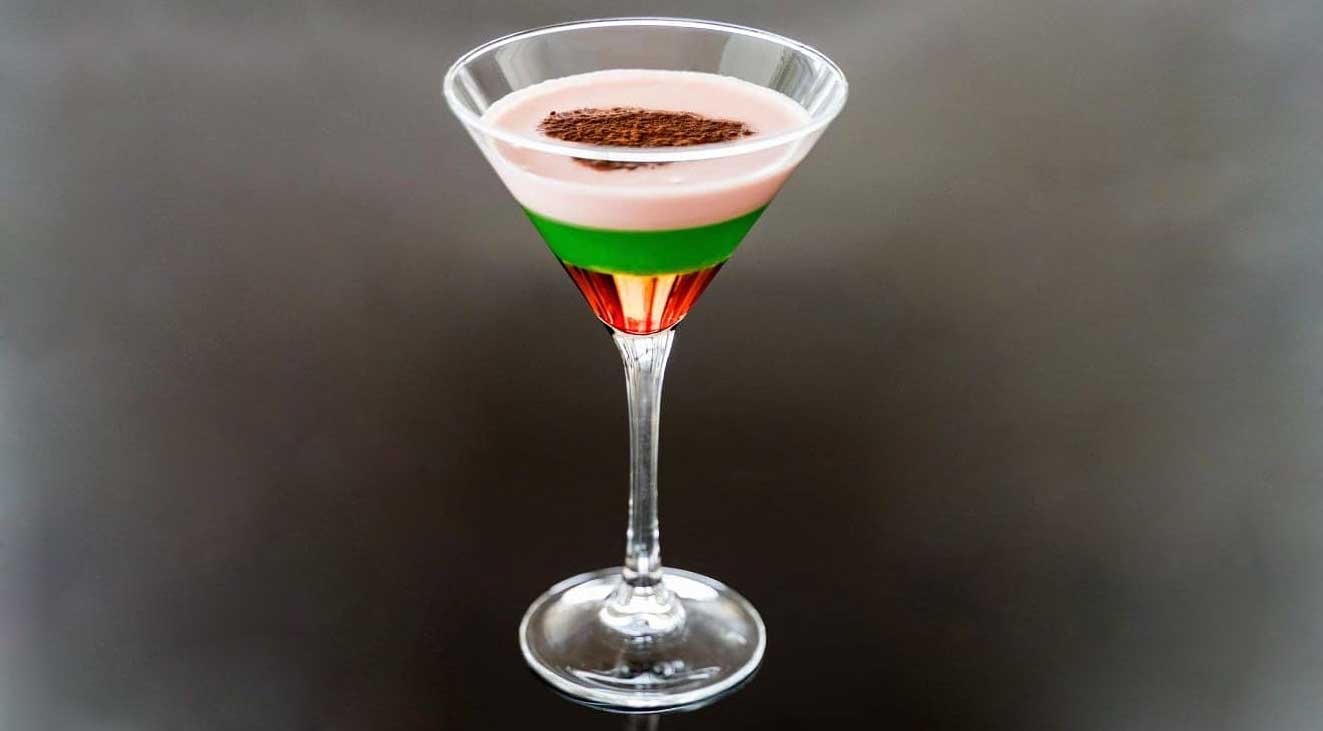The Belmond Reid’s Palace’s Cocktail Bar has a new menu with no less than 14 signature cocktails.

This article contains suggestions which are meant to inspire you for the day when travel and movement restrictions are lifted. For now, please cooperate with the authorities by staying at home. Help the World to defeat Covid-19!
Imagine Winston Churchill and George Bernard Shaw met up for a drink! What would be in each of their glasses? Perhaps some Madeira wine… a medium dry 10 year-old Verdelho for the statesman, a medium sweet 10 year-old Boal for the playwright.
The visits of the two men to the Belmond Reid’s Palace, although at different points in time, contributed with inspiration to the challenge of creating a new cocktail menu, for the mythical Cocktail Bar. And both lend their names to two creations, precisely with Madeira Wine.
The creative process took several weeks, led by Luís Sousa bar chef, who has worked at the hotel for more than 30 years and competed in international cocktail competitions. Tropical fruits and the valuing of Madeira wine are among the priorities. ‘It means giving new experiences to our customers, so that they can taste quality regional products, which I so love, and which are not found in other bars’, he tells Essential.
Despite it being present in this menu, Madeira Wine is still the object of some resistance by some barmen. But the technique, when mastered, creates a good end result. One example is the Bago cocktail, which blends a 1971 Sercial, with macerated grapes and Grey Goose Vodka.
Luís Sousa admits that throughout this professional career he has always had a knack for innovating ‘thus having taken advantage of previous experiments and creations to now present our customers with something different’.
Patrícia Duarte, public relations at the Belmond Reid’s Palace mentions that ‘this new menu came about because of two factors, Luís’ thirst for innovation and the need to keep up with new trends’. It is joined by a new snacks and food menu, which is also available at the Cocktail Bar.
A bit everywhere, cocktails have returned to being drank at the table in socials- Luís Sousa thinks that ‘cocktails have actually always been part of a good bar menu, which is why I don’t see this as a trend’. But he admits that ‘they flew a bit under the radar throughout time and people ended up always choosing the same cocktail, or even no cocktail, opting for any other drink’.
From the enthusiasm of the hotel and the desire of Luís Sousa to do something different resulted 14 signature cocktails and wine is but one of the drinks in a long list that includes juices, sparkling wines, gin, vodka… Glasses of a different shapes are filled with a plethora of myriad colours. These blends are also a challenge to the palate, with ideal appetizer options, others as digestive, some dryer and stronger, others sweeter and softer, some with a more acid and bubbly texture, others smoother and more velvety.
There is also the non-alcoholic Fairytale, or other cocktails inspired in Madeira, like the Madeirini, or the Fine Poncha. There is also a 007 Roger Moore cocktail, made, of course, with martini as a tribute to the actor’s stay in the hotel.
Further than the beauty and the palate of the creations, cocktails are also a ritual. Patrícia Duarte defends that in a world seeking more and more for experiences, ‘the experience around a cocktail can be magnificent. The preparation, the surprise, the tasting can be astonishing. And more and more people like to be surprised to take a chance, to experiment.’
In the history of the Belmond Reid’s Palace’s Cocktail Bar, which has served a long list of famous clients, many more could have inspired cocktails, like director John Huston or actor Gregory Peck, who relaxed here in the 50s, or argued after days of shooting Moby Dick (1956) in Madeira, in what was a turbulent human relationship that was inscribed into History.
Maybe Moby Dick will be the name of the next cocktail to be included in this menu!
Article written in December 2019. (Issue no. 77, December/January)













